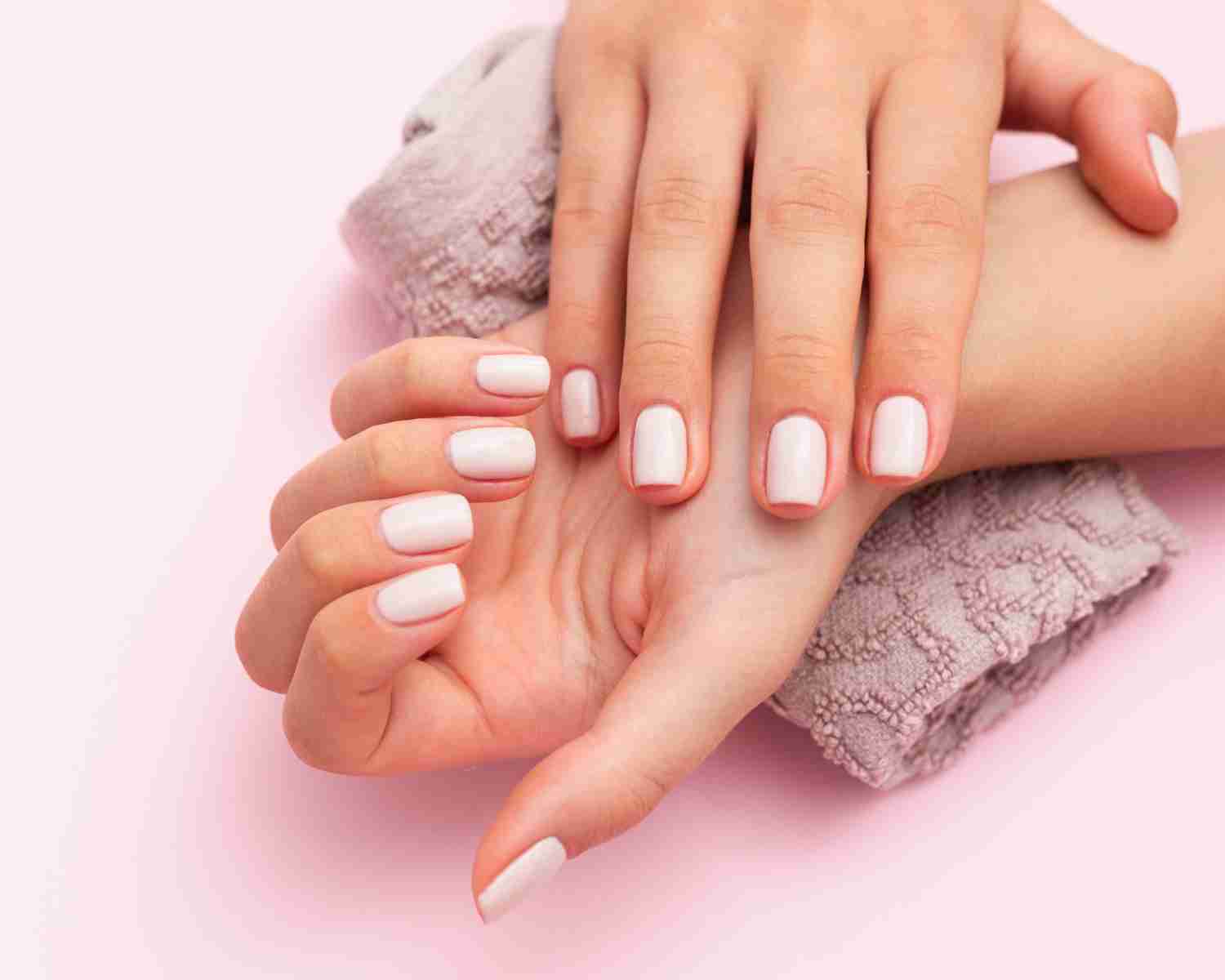Nails do more than protect your fingertips. They can signal important information about your health. Changes in their colour, shape, or texture often reflect internal conditions. Many people ignore these signs, dismissing them as cosmetic. But nails may point to infections, nutritional deficiencies, or even chronic illnesses.
This blog will explain how to recognize common nail abnormalities, what causes them, and how to maintain healthy nails.

Spoon-shaped nails are a sign of iron deficiency anaemia or other underlying metabolic conditions.
Healthy nails have a smooth surface and steady growth. They usually appear pinkish and show no visible damage. Look for these signs:
A shift in any of these features could suggest an underlying condition.
A healthy nail is pink with a white tip. Any change in colour could signal a deeper issue.
Nails that crack, split, or peel easily often suffer from frequent exposure to water or chemicals. Repeated handwashing and cleaning without gloves can cause damage. Poor diet, especially one low in iron or biotin, also weakens nails. Thyroid disorders may also lead to soft or dry nails. Sometimes, fungal infections are to blame.
Tiny dents in the nail surface may signal autoimmune conditions. Psoriasis often causes pitting, along with thick, discoloured nails. Eczema and alopecia areata can cause similar effects.
Nails that curve downward with swollen fingertips may reflect chronic lung or heart disease. Clubbing can also appear in digestive or liver disorders.
Thin nails that dip inward like a spoon can suggest iron deficiency anaemia. Liver conditions that affect iron absorption may also lead to spoon-shaped nails.
Thickened nails often point to fungal infections. These nails may also be discoloured or crumble. Psoriasis can also cause nail thickening or lifting. Circulatory problems can change nail shape and thickness due to poor blood flow.
These affect toenails more than fingernails. They usually start with yellowing and thickening. If untreated, the nail can become misshapen or break down. People who wear tight shoes or have sweaty feet are more at risk. Those with diabetes or poor circulation are also more vulnerable.
These affect the skin around the nail. They cause redness, swelling, and pus. Nail biting or aggressive manicures can increase the risk. Chronic exposure to water also raises infection risk.
Viruses like HPV can cause warts near or under the nail. These growths may hurt or interfere with nail trimming. Treatment may involve freezing, topical creams, or lasers.
Candida can infect both the nail and the surrounding skin. This leads to discolouration, thickening, and pain. People who handle water often or have weak immune systems are more likely to develop yeast infections.
Follow these tips to prevent nail problems and support nail health:

Nail abnormalities such as discolouration, pitting, and thickening may indicate infections, nutritional deficiencies, or systemic diseases.
Some nail changes are harmless. Others may signal serious conditions. If you notice ongoing discolouration, thickening, pain, or growth abnormalities, seek medical advice. Identifying the cause early can prevent complications and lead to better treatment.
Your nails can reveal much about your health. Regular nail care and observation can help detect issues early. If you notice changes that don’t go away, consult a healthcare provider for a closer look. At Prakash Hospital, our team is here to help you understand what your nails might be telling you and guide you toward the right care.
We offer expert care across key specialties, including Medicine, Cardiology, Orthopaedics, ENT, Gynaecology, and more—delivering trusted treatment under one roof.
Prakash Hospital Pvt. Ltd. is a 100 bedded NABH NABL accredited multispecialty hospital along with a center of trauma and orthopedics. We are in the service of society since 2001.
OUR SPECIALITIES
Contact Us
D – 12A, 12B, Sector-33, G. B. Nagar, Noida, Uttar Pradesh 201301
+91-8826000033

© 2025 All rights reserved.
Designed and Developed by Zarle Infotech